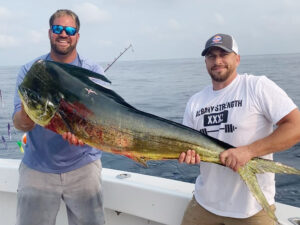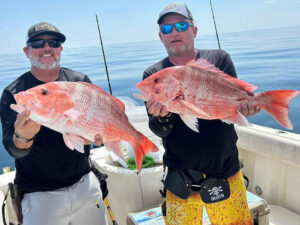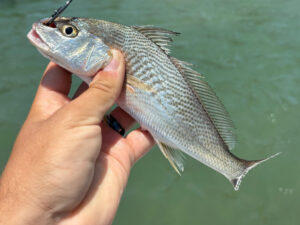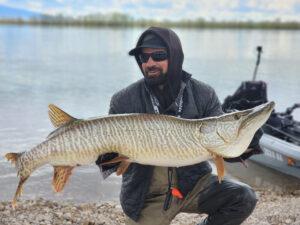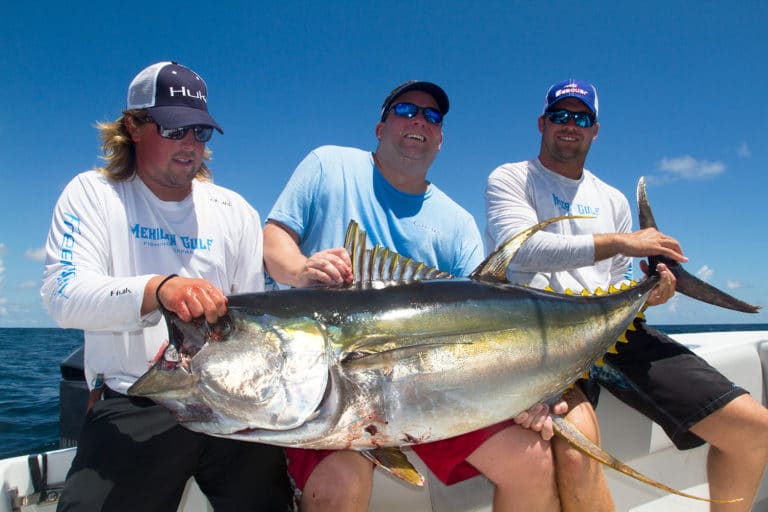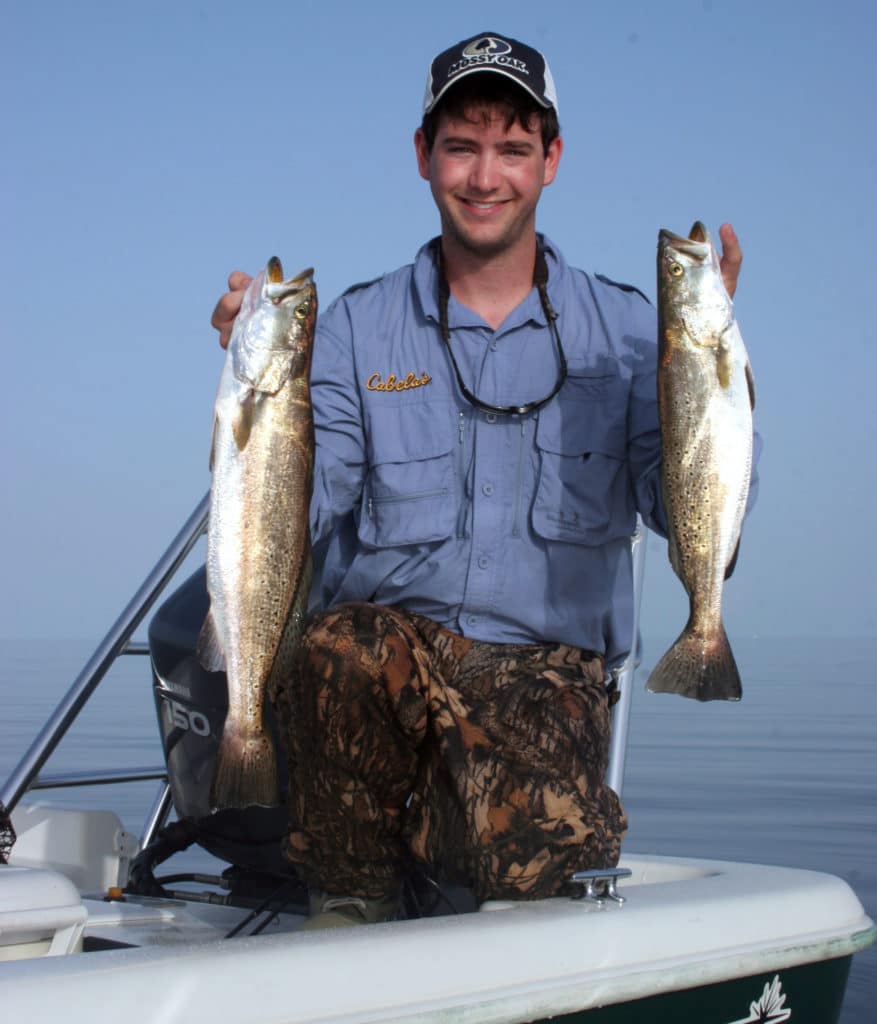
In a recent October state government notice, the Louisiana Wildlife and Fisheries Commission (LWFC) adopted a Notice of Intent (NOI) to increase the minimum size limit of spotted seatrout to 13.5 inches total length, and to decrease the seatrout bag limit to 15 fish per day.
Currently, the minimum size limit on Louisiana seatrout is 12 inches, with a 25-fish daily trout bag limit for licensed anglers.
Modifications in this rule change also creates one statewide size and bag limit for trout, thus removing separate regulations in coastal western Louisiana for the species.
At the October 2022 LWFC meeting, their staff presented data showing spotted seatrout were continuing to be overfished. Management options and public opinions surveys regarding changing state trout regulations also were presented to the LWFC.
During the last 2.5 years, LDWC held eight public meetings across the state, issued multiple surveys to the public, and collected hundreds of public comments via email.
According to state marine biologist Jason Adriance, increasing the size limit on trout to 13.5 inches would allow virtually all female seatrout in the state to spawn. Under the current 12-inch size limit, Adriance says only 50 percent of female seatrout live long enough to spawn
Commercial harvest of spotted seatrout comprises less than one percent of total trout landings, Adriance said. Not allowing fishing guides to include their trout limits during charter trips results in a less than one percent reduction of overall trout harvest, says Adriance.
“We have strong consensus of captains in the eastern part of the state who want the strongest regulations possible,” LS reports Richard Fischer, executive director of Louisiana Charter Boat Association, said. “We have a strong consensus of captains in the central part of the state that say an increase in the size limit would put them out of business.”
There was very little opposition from charter boat captains about reducing state trout bag limits. But the size limit is a “major point of contention,” Fischer said.
Fischer says guides are concerned about the mortality of released undersize seatrout, believing their death rate is over 10 percent.
“We’ve had some conversations with some highly esteemed scientists,” Fischer reported to FS. “They are not too sure the discard mortality rate is 10 percent and therefore question whether increasing the size limit would create more harm than good.”
Chris Macaluso is with the Theodore Roosevelt Conservation Partnership, and he’s in favor of a Louisiana reduced seatrout daily limit.
“The term overfished is a management term that can be a little bit misleading,” he said to LS. “I think the more accurate term is depleted. These fish have been depleted for a number of reasons. The same issues affecting speckled (spotted) (sea)trout is affecting redfish and ducks. It is a profound loss of habitat. The habitat loss is too great to support the fisheries we expect. The primary focus should be habitat restoration.
“I do believe the reduction in creel limit is warranted,” Macaluso told Sport Fishing. “We have simply loss too much habitat to produce the kind of fisheries we had 20, 30, 40 years ago.”
A change in Louisiana trout limits for state anglers still may be some months away, following the most recent Notice of Intent (NOI) from the LWFC. If change occurs, it could take 3 to 12 months to be finalized, say experts monitoring the state process.

